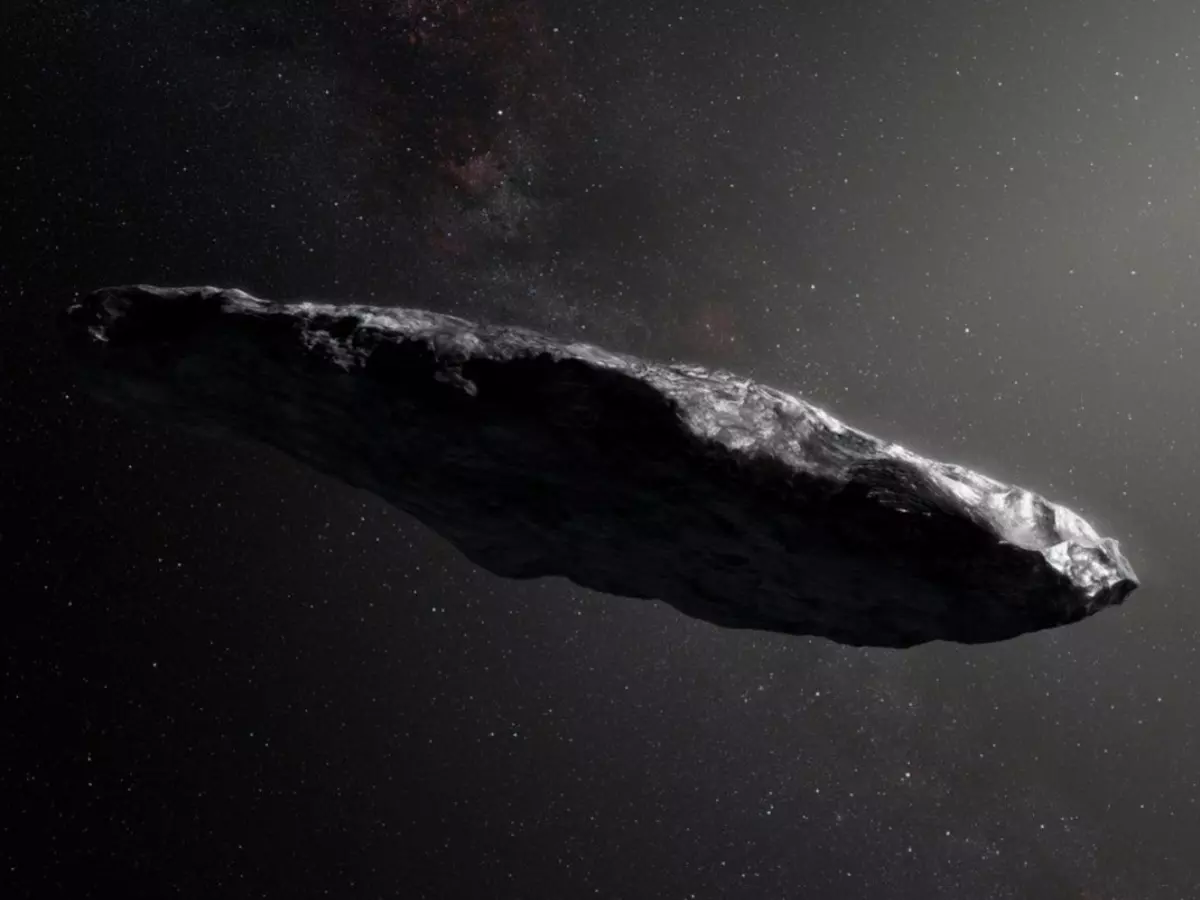Asteroid Bigger Than Burj Khalifa May Just Destroy Us Soon, But People Don't Seem To Care
The fear of Coronavirus is everywhere -- with people feeling that this disease will turn into a severe global epidemic and be the death of them. And while you¡¯re busy dealing with how to stay safe, an asteroid taller than Dubai's Burj Khalifa is rushing towards Earth at the speed of 57,240 kilometres per hour. It is supposed to pass by Earth on Saturday, February 15 at 5:30 PM. The asteroid is named 2002 PZ39 by NASA¡¯s asteroid tracker and has te...Read More

The fear of Coronavirus is everywhere -- with people fearing that this disease will turn into a severe global epidemic and potentially uncurable.
 Representative Image: NASA
Representative Image: NASA
And while people are dealing with how to stay safe from the Coronavirus, an asteroid barely taller than Dubai's Burj Khalifa is rushing towards Earth at the speed of 57,240 kilometres per hour. It is supposed to pass by Earth on Saturday, February 15 at 5:30 PM IST.
The asteroid is named 2002 PZ39 by NASA¡¯s asteroid tracker and has termed it as a NEO, or a Near-Earth Object with a diameter of 3,250 feet -- approximately a kilometre.
According to a report published by The National Science and Technology Council in the US from 2018, asteroids ranging from 1312 feet to 5249 feet have the capability of destroying an entire continent, with them crashing on a surface can be similar to 60 megatons of TNT -- as deadly as a nuclear explosion.
Asteroids like this can also result in earthquakes, tsunamis among several other effects, even to locations beyond the area of impact.
People on Twitter surely have mixed feelings about the massive celestial object approaching our planet.




However, this Potentially Harmful Object (PHO) is going to pass by Earth at a distance of around 5.77 million kilometres.
Now, this might seem like a lot, and it is, what makes this asteroid even more risky is the fact that this is an Apollo asteroid, which basically means that it crosses the path of our planet very often when orbiting around the sun. This means every time it passes by Earth, it¡¯s at risk of collision.
In fact, according to NASA's Centre for Near Earth Object Studies, there are around 900 known near-Earth asteroids with an approximate diameter of more than 1 kilometre.
To safeguard Earth from harmful asteroids, NASA has been planning a project with the European Space Agency (ESA), called the Double Asteroid Redirect Test (DART). Where a fast-moving projectile is launched at an incoming asteroid in order to safely direct it away from the planet, just like a sci-fi movie.
